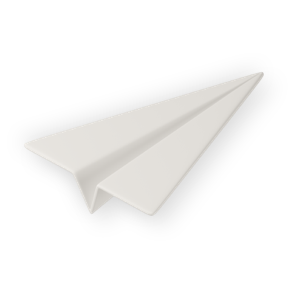CAD technician
Create 2D and 3D designs for buildings and machinery so that engineers and technicians can test and build their ideas.
Also known as: engineering technician, draughtsperson, cad technologist, cad designer

About the job
Salary
Source: National Careers Service
Weekly
£327
Entry level
£673
Experienced
Monthly
£1,417
Entry level
£2,917
Experienced
Yearly
£17,000
Entry level
£35,000
Experienced
4,500
people are currently employed
Low growth
100 more jobs in 5 years
These figures refer to this job and similar ones with comparable skills and qualifications. They only apply to Scotland. Source: Oxford Economics
A day in the life — cad technician
What it's like
You would draw plans and create 3D designs for buildings and machinery so that engineers and technicians can understand their construction.
You’d use computer-aided design (CAD) software to create design plans for buildings and machinery.
You could work in a wide range of industries, such as engineering, construction and manufacturing.
The engineering team would meet with you to discuss what they are planning to build. You’d then create a clear and detailed drawing or model of the item.
The engineers would use it to test their ideas before they build a prototype. The designs would also be used to help prepare cost estimates for projects.
For some projects - for example, a design for a new car - you’d use surface modelling to draw a flat 2D representation.
To create a 3D display of a structure or component you'd use solid modelling. The engineers could then use the model to take a virtual tour. For example, they could ‘go inside’ a new building to decide where to fit electrical cabling or to 'look inside' a piece of manufacturing machinery to see where they could make improvements.
The production staff in the factory would use your detailed diagrams as a guide to make the product; you might need to explain the designs to them.
You'd also write and draw the instructions for assembling the product or create guides for the technicians who do the installation, servicing and repairs.
CAD work could have different names depending on the industry, including:
Computer aided industrial design (CAID)
Computer aided engineering (CAE)
Computer aided styling (CAS)
Computer aided manufacturing (CAM)
You would usually work in a small team managed by a design engineer, with each person working on a different part of a project.

Hours

Environment

Travel
Explore more information about this job
Here are some useful links to learn more about this career:
Like the sound of this career?
Browse courses in Scotland related to 'CAD technician'
Select qualification level(s)
Other careers that you might like
Cartographer 3D Printing specialist
Related industries
Many jobs can be done in lots of different industries. We've highlighted the ones we think are most important for this job.
Engineering and manufacturing Creative Construction and built environment Energy Digital technologies
Top skills
Skills are things you're good at. Whether you know what yours are or not, everyone has them!
It's useful to learn which ones are important in a job so you know the areas you need to brush up on. It can also help you work out if you're suited to a career.
Here are some of the skills you'll need to do this job:
- developing a plan
- attention to detail
- working with numbers
- problem solving
- creative
- written communication
- working with technology
- cooperating

Your skills are important
Our unique skillsets are what make us stand out from the crowd. Learn about each skill in depth and discover what employers look for in your applications and interviews.
Getting in
Explore the sections shown for more information about getting into this career.
You might have qualifications which are not shown here but will allow you access to a course. You can compare your qualifications by looking at their SCQF Level. For more information about this, check out the SCQF website.
Always contact the college, university or training provider to check exactly what you'll need.
Colleges and universities will list subjects you'll need for entry to a course. Some useful subjects include:
Computing Science
Design and Technology
Engineering Science
Graphic Communication
Mathematics of Mechanics
Physics
Applications of Mathematics
You would need qualifications at SCQF levels 4 to 6, a Higher National Certificate (SCQF level 7) or a Higher National Diploma (SCQF level 8).
Or relevant work-based qualifications such as a Scottish Vocational Qualification in engineering or engineering construction (SVQ level 2/3).
Qualifications and experience that show computing skills and an understanding of industrial design such as:
Skills for Work Creative & Digital (SCQF level 4)
Creative Industries (SCQF level 5)
Explore over 22,000 courses in Scotland
Find the perfect course to boost your career.
